Bee Balm Not Blooming: Why Won’t My Bee Balm Flower
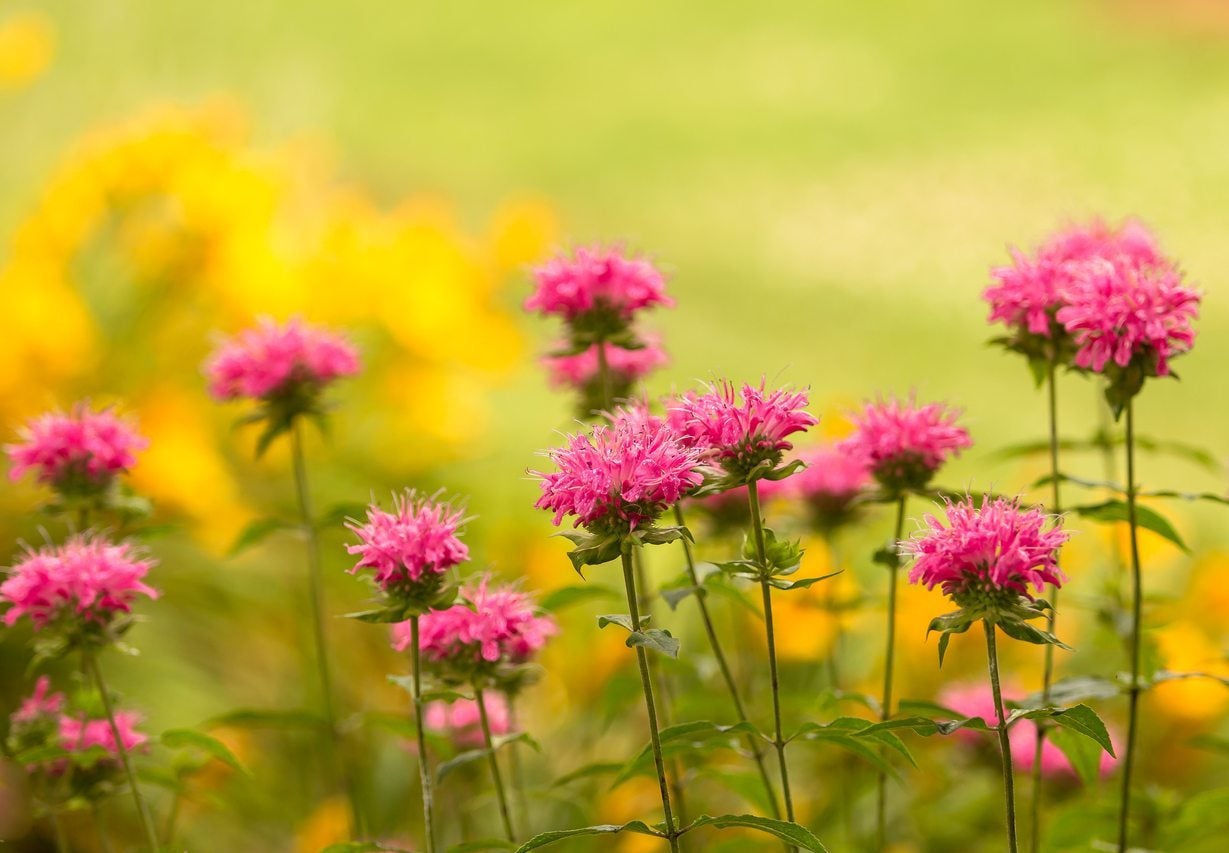

Bee balm is a beloved plant in many flower and butterfly gardens. With its beautiful, unique looking flowers, it attracts pollinators and delights gardeners. It can even be brewed into tea. It’s for all these reasons that it can be a real downer when your bee balm doesn’t bloom. Keep reading to learn more about what to do when there are no flowers on bee balm plants in your garden.
Reasons Bee Balm Doesn’t Bloom
Why won’t my bee balm flower? It may be due to one of a number of reasons. The most common problem is a lack of sun. Bee balm thrives in full sun, and most varieties need six to eight hours of sunlight per day in order to bloom well. Bee balm that doesn’t get enough sunlight is also often leggy looking. If your bee balm is showing both of these symptoms, try relocating it to a sunnier spot. Alternatively, look for special cultivars that are designed to thrive in the shade. Another common problem is overfertilization. Bee balm plants are light feeders, and too much fertilizer (especially if it’s rich in nitrogen) can result in lots of leafy growth and very few flowers. Another common problem with bee balm is improper water or humidity. The plants like moderate irrigation-- during periods of drought, water deeply once per week. If you live in a particularly humid climate, your bee balm may have trouble blooming to its fullest potential. Your problem could also be age. Every three years or so, bee balm plants naturally start to bloom less because they get overcrowded. Try digging up and dividing your plant to rejuvenate it. You can also achieve rejuvenation within a single growing season. If your plant has bloomed a little and faded, remove all the spent blooms. Deadheading bee balm should bring about a second round of flowering later in the summer.
Gardening tips, videos, info and more delivered right to your inbox!
Sign up for the Gardening Know How newsletter today and receive a free copy of our e-book "How to Grow Delicious Tomatoes".

The only child of a horticulturist and an English teacher, Liz Baessler was destined to become a gardening editor. She has been with Gardening Know how since 2015, and a Senior Editor since 2020. She holds a BA in English from Brandeis University and an MA in English from the University of Geneva, Switzerland. After years of gardening in containers and community garden plots, she finally has a backyard of her own, which she is systematically filling with vegetables and flowers.
-
 Looking For Plants To Give You The Soft And Fuzzies? Try These 5 Fuzzy Leaf Plant Options
Looking For Plants To Give You The Soft And Fuzzies? Try These 5 Fuzzy Leaf Plant OptionsLovers of texture, drama, silver foliage and tactile plants will adore these special sensory garden additions. These fuzzy leaf plant options will leave you all aglow
By Susan Albert
-
 Get Ready For A Summer Of Hummers! Grow These Full Sun Hummingbird Plants and Flowers
Get Ready For A Summer Of Hummers! Grow These Full Sun Hummingbird Plants and FlowersIf you’re lucky enough to enjoy a sunny backyard, make sure you are maxing out on your pollinator opportunities and grow these full sun hummingbird plants and flowers
By Tonya Barnett
-
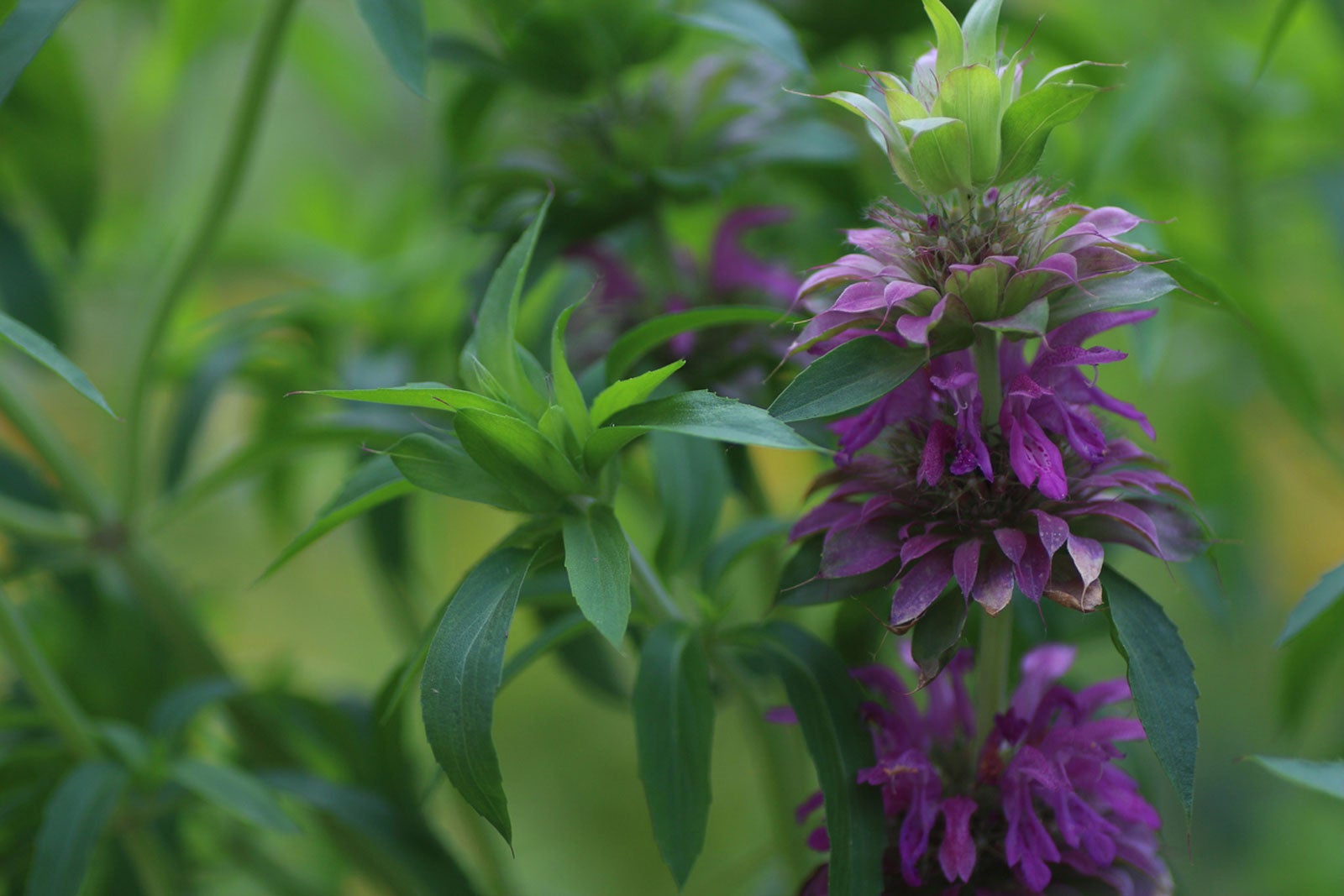 What Is Lemon Bee Balm: Learn About Growing Lemon Mint Plants
What Is Lemon Bee Balm: Learn About Growing Lemon Mint PlantsLemon bee balm is different from but often confused with the plant lemon balm. This annual herb is native to the U.S. with a delightful aroma and some culinary uses. Needs are low, making it easy to grow. For more on lemon bee balm, click the following article.
By Mary Ellen Ellis
-
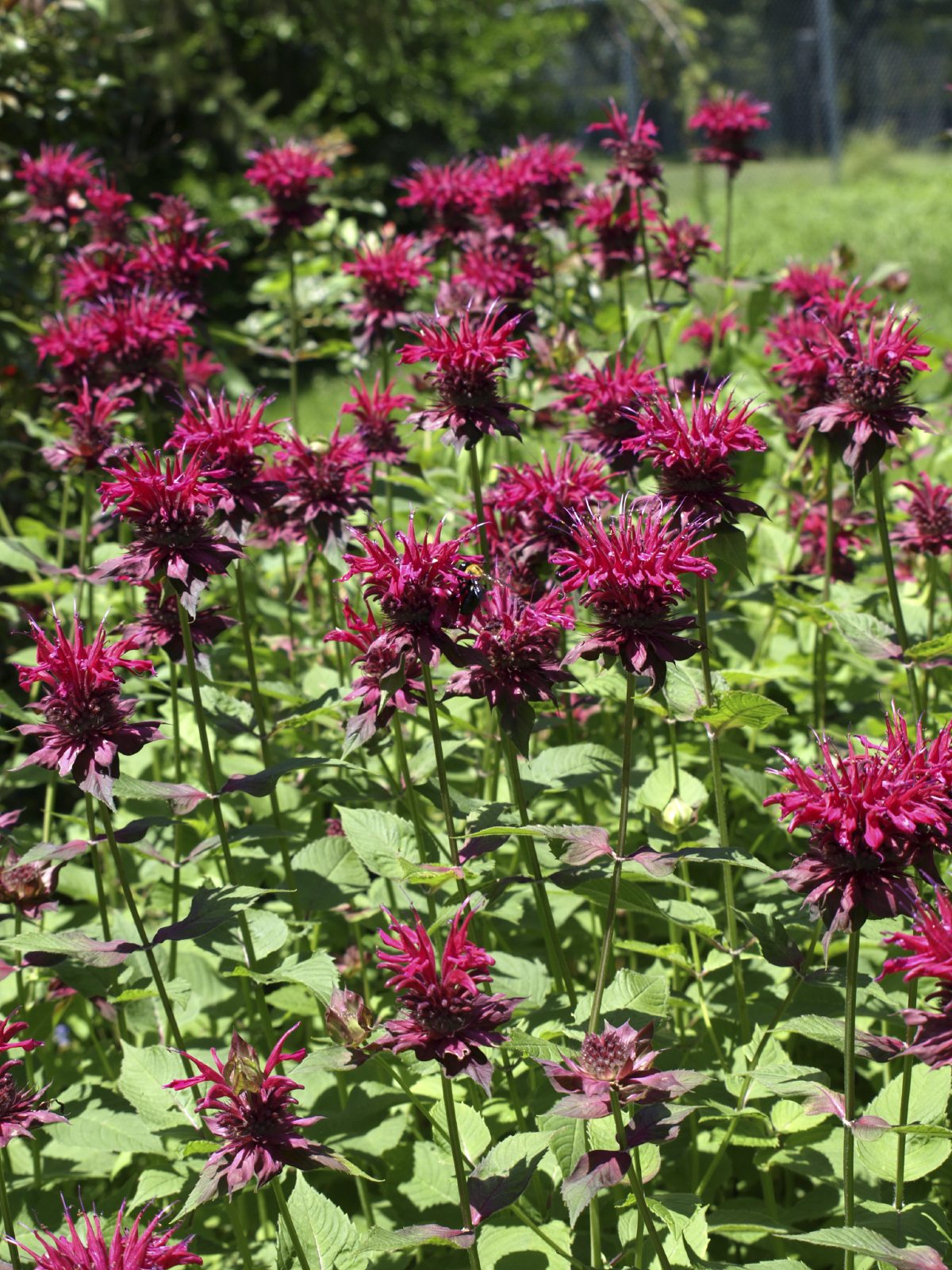 Is Bee Balm Invasive: Tips On Controlling Monarda Plants
Is Bee Balm Invasive: Tips On Controlling Monarda PlantsBee balm is prized for its color and its tendency to attract bees and butterflies. It can spread quickly, though, and requires a bit of care to keep it under control. Learn more about how to manage bee balm plants in this article.
By Liz Baessler
-
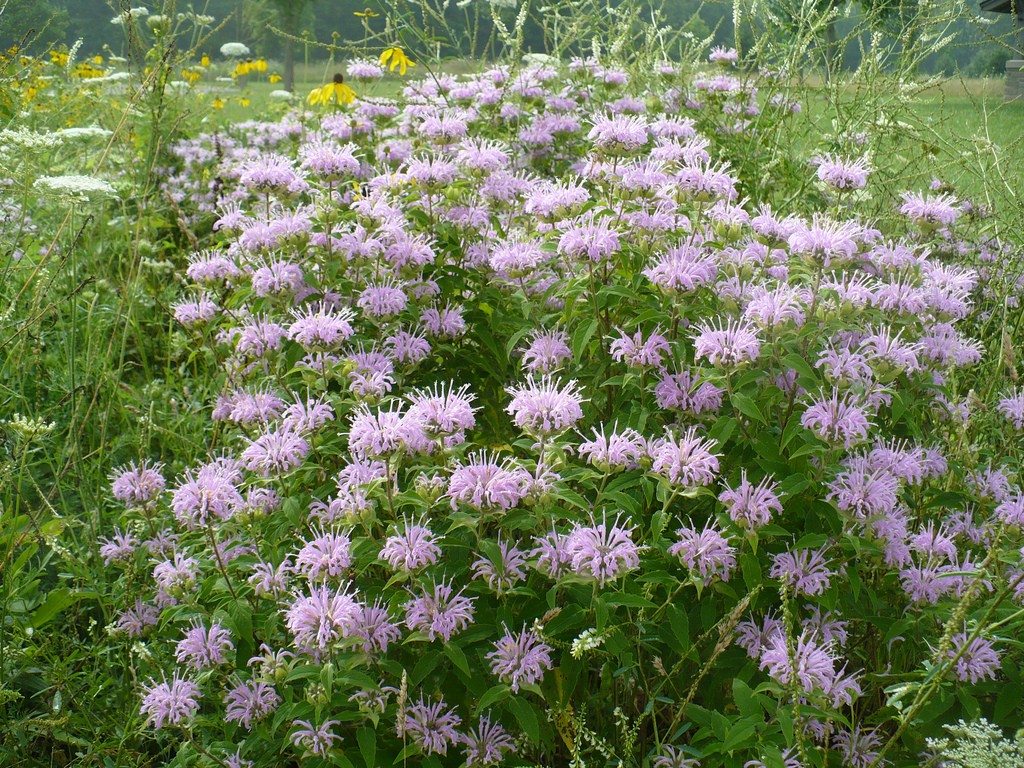 Propagating Bee Balm Plants: How To Propagate Bergamot Seeds, Cuttings, And Divisions
Propagating Bee Balm Plants: How To Propagate Bergamot Seeds, Cuttings, And DivisionsPropagating bee balm plants is a great way to keep them in the garden year after year or to share them with others. Find out how to propagate these plants in this article.
By Jackie Carroll
-
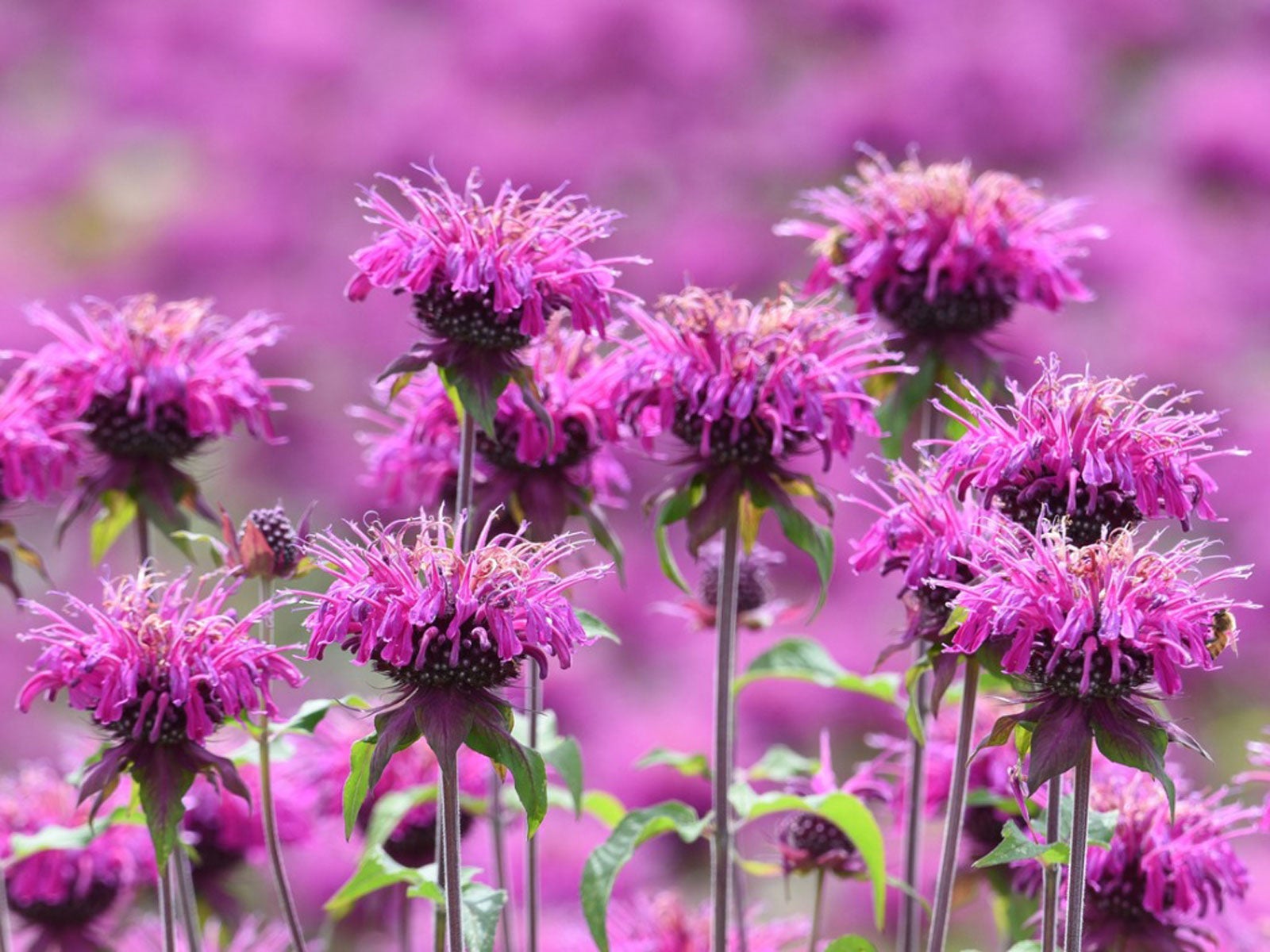 Bee Balm Flower Plant - How To Plant Bee Balm And Bee Balm Care
Bee Balm Flower Plant - How To Plant Bee Balm And Bee Balm CareTrue to its name, bee balm is a magnet for bees and other pollinators. Click here to learn all about this beautiful source of nectar.
By Tonya Barnett